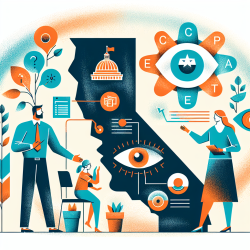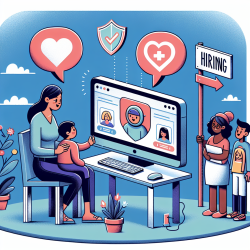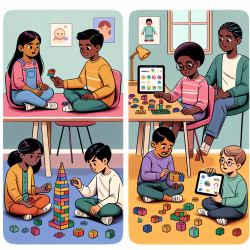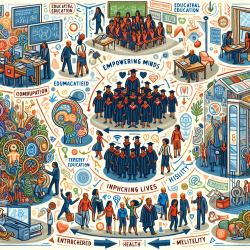An Individualized Education Program (IEP) is a crucial component of special education in California. It serves as a written document tailored to meet the unique educational needs of each student requiring special education services. But what exactly does an IEP entail, and who is involved in its development? Let's break it down.
What is an IEP?
An IEP, or Individualized Education Program, is a comprehensive document that outlines:
- Present levels of performance
- Annual goals
- Placement and support services needed to implement program goals
- Individuals responsible for support services
- Supplementary aids and supports, including physical education as appropriate
For students 16 years of age and older, the IEP also includes transition goals and services to prepare them for life after high school.
Who Participates in Developing the IEP?
The development of an IEP is a collaborative effort that involves a team of dedicated individuals, including:
- Special education teachers
- General education teachers
- LEA (Local Education Agency) representatives
- Related services providers (e.g., speech therapists, occupational therapists)
- Parents or guardians
The student is also invited to participate in the IEP meetings, especially if they are 16 years of age or older and transition services are being discussed. This ensures that the student's voice is heard and their needs are met.
The Role of Parents in the IEP Process
Parents play a vital role in the IEP process. Their input is invaluable as they provide insights into their child's strengths, challenges, and needs. Parents are encouraged to actively participate in the IEP meetings and collaborate with the rest of the team to develop a plan that best supports their child's educational journey.
Why is the IEP Important?
The IEP is essential because it provides a customized educational roadmap for each student. It ensures that the student receives the appropriate support and services needed to achieve their academic goals. Moreover, the IEP is a legally binding document, which means that schools are obligated to provide the services and support outlined in the plan.
Conclusion
Understanding the IEP process and the roles of each participant can help parents and educators work together more effectively to support students with special needs. By fostering collaboration and communication, we can create a more inclusive and supportive educational environment for all students.
For more information, please follow this link.










